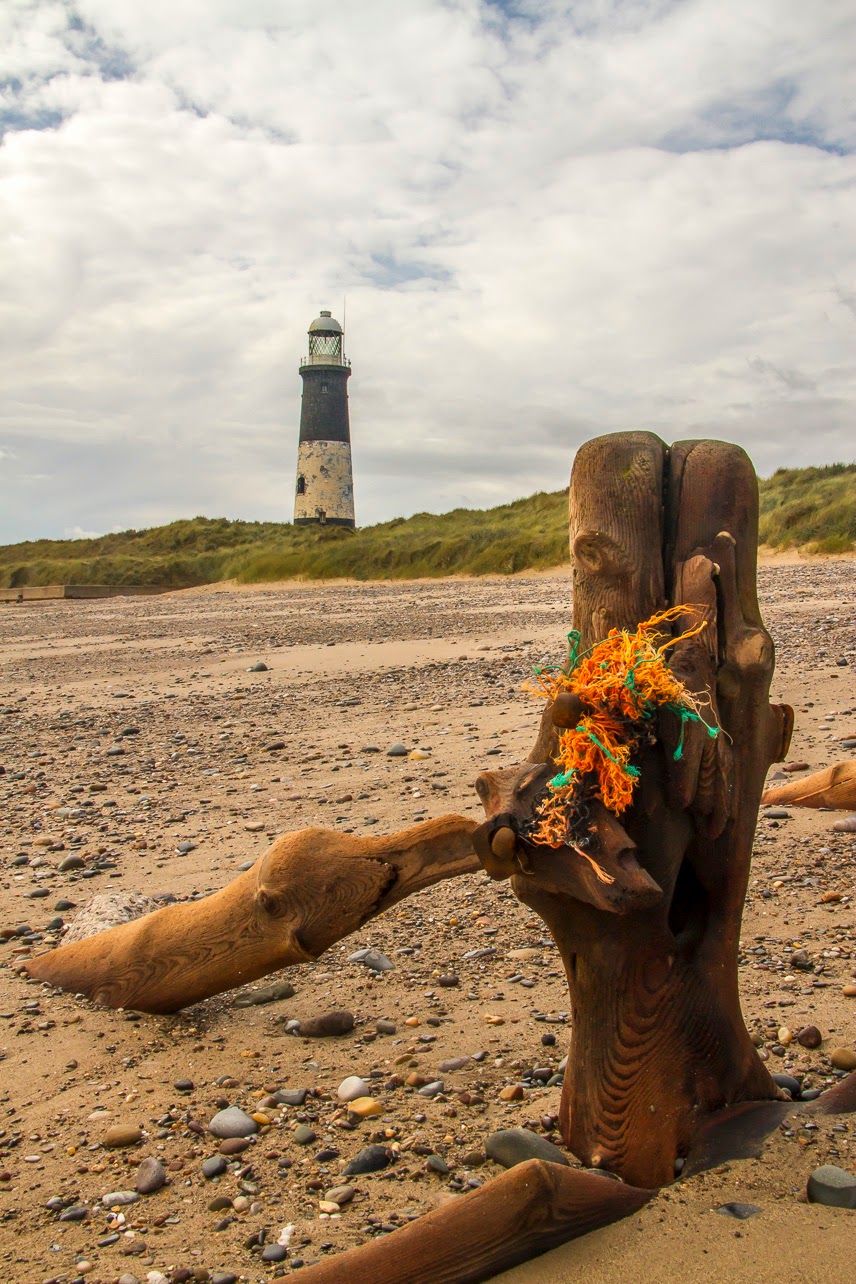Although Bill Brandt was born in Hamburg, Germany, he later disowned his German heritage and claimed to have been born in South London. He did not always have good health and spent much of his youth in a sanatorium in Davos, Switzerland. Whilst in Vienna, he was introduced to Man Ray and became his assistant in 1930. He moved to London in 1933 where he began to photograph all levels of society. His work was published in various periodicals and in two books. He continued working in London during the Second World War but also favoured portraiture and landscape. After the war he began to specialise in the photography of Nudes. He died in London in 1983. (Wikipedia, 2014)
When Brandt moved to Paris in 1930 to work with Man Ray, he says that he learned much from his experiments. He also said that, at that time, two trends were emerging: the Poetic, led by Man Ray and Edward Weston, and the social documentary school. He was attracted by both, but said that when he moved to London, he spent the next years working as a social documentary photographer. (Brandt, 1948) Towards the end of the war his style changed. He says that social documentary photography had become fashionable and was no longer new, Britain was changing and the subject matter was no longer there and he became attracted once more by the Poetic movement as exemplified by Weston.
He became obsessed by landscape. (Brandt, 1948). He says of the gull's nest image, below that he took it during this period of his photography. He found the nest one bright sunny afternoon but didn't feel that the lighting matched the wild surroundings, so he returned at twilight, which was late, it being mid-summer. The lighting was better and the water flat calm, allowing for good reflections of the mountains. (Brandt, 1948). He would often crop a dynamic image out of a larger negative. One example of this is his image of Hadrian's Wall taken in 1943. (V&A, 2014). He also used montages in his work, a striking example being a seagull over The Thames in 1935. (V&A,2014)
When he began his nude photography, he bought second hand, old wooden Kodak camera because it gave him the effect that he liked. Later he discarded it, but it had taught him to photograph nudes unconventionally, making close up wide-angle shots and portraying the nude as a landscape. He says that it is essential that a photographer knows the effect of his lens, as it is his eye. (Brandt, 1948).
The major influences on Brandt's work include Man Ray, the Parisian master Brassai and his, own, younger brother Rolf. Man Ray's influence can be seen in Brandt's use of grain and cropping. His night photography also illustrates the influence of Brassai, whilst Rolf worked on collages, which probably influenced Brandt's montages. (V&A, 2014). Beaumont Newhall tells us (1982) that when Brandt began to photograph his London by Night (1938) and London at Home (1936), they are the counterpart of Brassai's (Paris de Nuit (1933). Jeffrey (1981) in Photography; A Concise History also alludes to the influences on Brandt of the French photographers Kertesz, Brassai and Germaine Krull, when he says that Brandt was Britain's only equivalent, although, he goes on to say that both London at Home and London at Night are rooted in British traditions. He also likens Brandt to Cartier-Bresson and Doisneau when he gave thanks for peace in his Camera in London (1948). In 2000 Dave Yorath tells us that Man Ray infected Brandt with a sense of surrealism and it this that influenced his use of the old wooden Kodak and distorted wide angle portraits and nude images.
 |
| 1 |
 |
| 2 |
1. Brandt, B. (1959) Hands on the Beach [gelatin-silver print][online image] Available from: http://www.christies.com/lotfinderimages/d17878/d1787821r.jpg [Accessed 08/05/2014]
2. Brandt, B. (1947) Gull's Nest, Isle of Skye [gelatin-silver print][online image] Available from: http://www.vam.ac.uk/users/sites/default/files/album_images/5038-large_0.jpg [Accessed 08/05/2014]
References
Wikipedia 92014) Bill Brandt [online] Bill Brandt. Available from: http://en.wikipedia.org/wiki/Bill_Brandt [Accessed 08/05/2014]
Brandt, B. (1948) A Statement on Photography by Bill Brandt [online]The Bill Brandt Archive. Available from: http://www.billbrandt.com/Library/statementbybrand.html [Accessed 08/05/2014]
V&A (2014) Bill Brandt, Working Methods [online] V&A, Bill Brandt. Available from: http://www.vam.ac.uk/content/articles/b/working-methods-bill-brandt/ [Accessed 08/05/2014]
V&A (2014) Bill Brandt, Related Photographers [online] V&A, Bill Brandt. Available from: http://www.vam.ac.uk/content/articles/b/bill-brandt-related-photographers/ [Accessed 08/05/2014]
Newhall, B. (1982) The History of Photography. New York: Museum of Modern Art, P 225
Jeffrey, I. (1981) Photography; A Concise History. London: Thames and Hudson Ltd., PP 202-03
Yorath, D (2000) Photograhy; A Crash Course. New York: Watson-Guptill. pp 78-79
Bibliography.
http://en.wikipedia.org/wiki/Bill_Brandt
http://www.billbrandt.com/
http://www.vam.ac.uk/page/b/bill-brandt/
Newhall, B (1982) The History of Photography New York: Museum of Modern Art
Jeffrey, I (1981) Photography; A Concise History London: Thames and Hudson Ltd.
Yorath, D (2000) Photograhy; A Crash Course. New York: Watson-Guptill
Phaidon (1997) The Photography Book. London: The Phaidon Press Ltd.



























